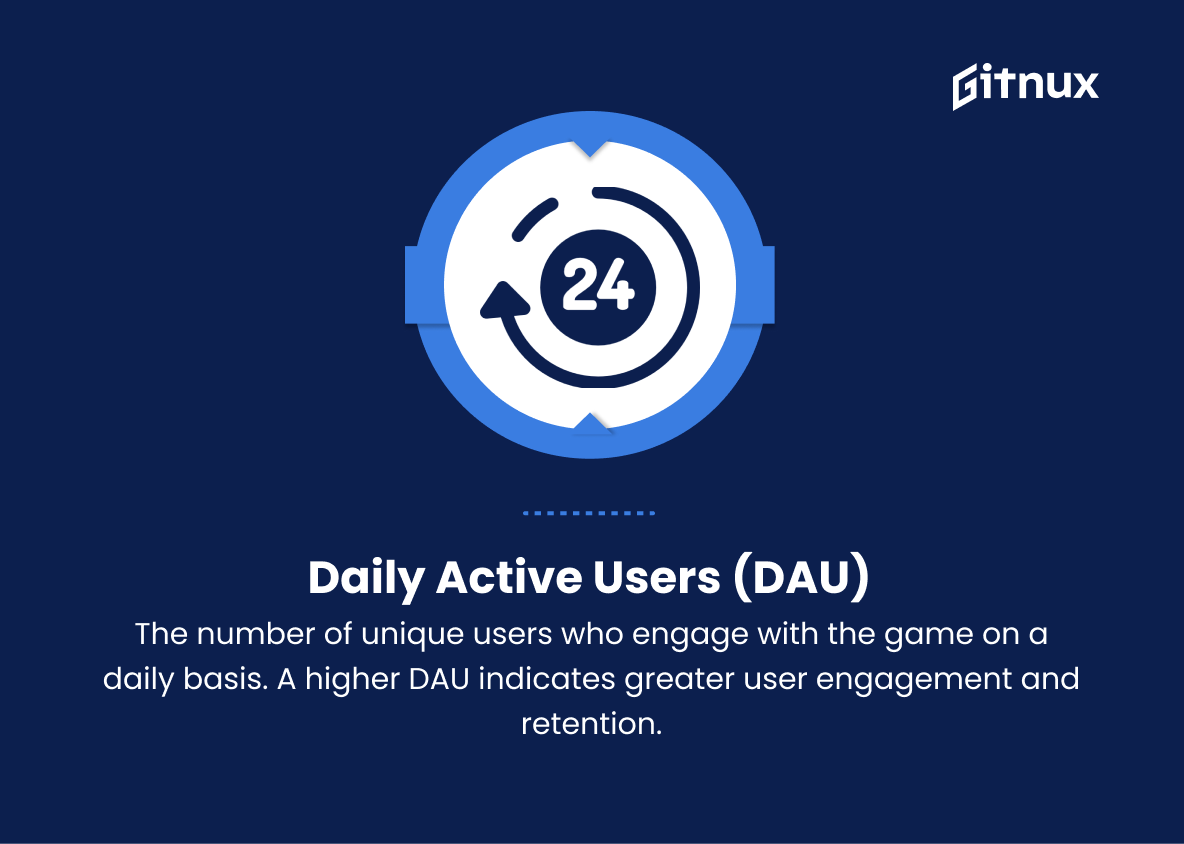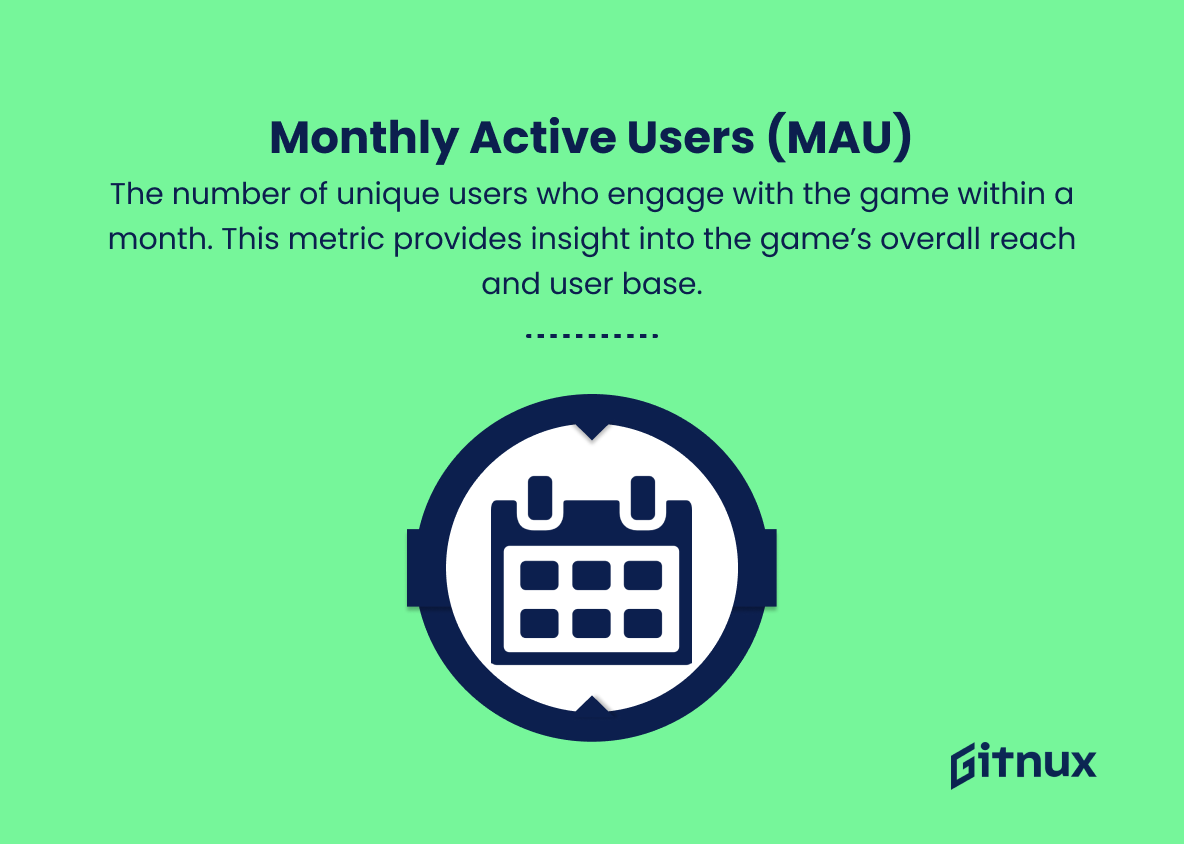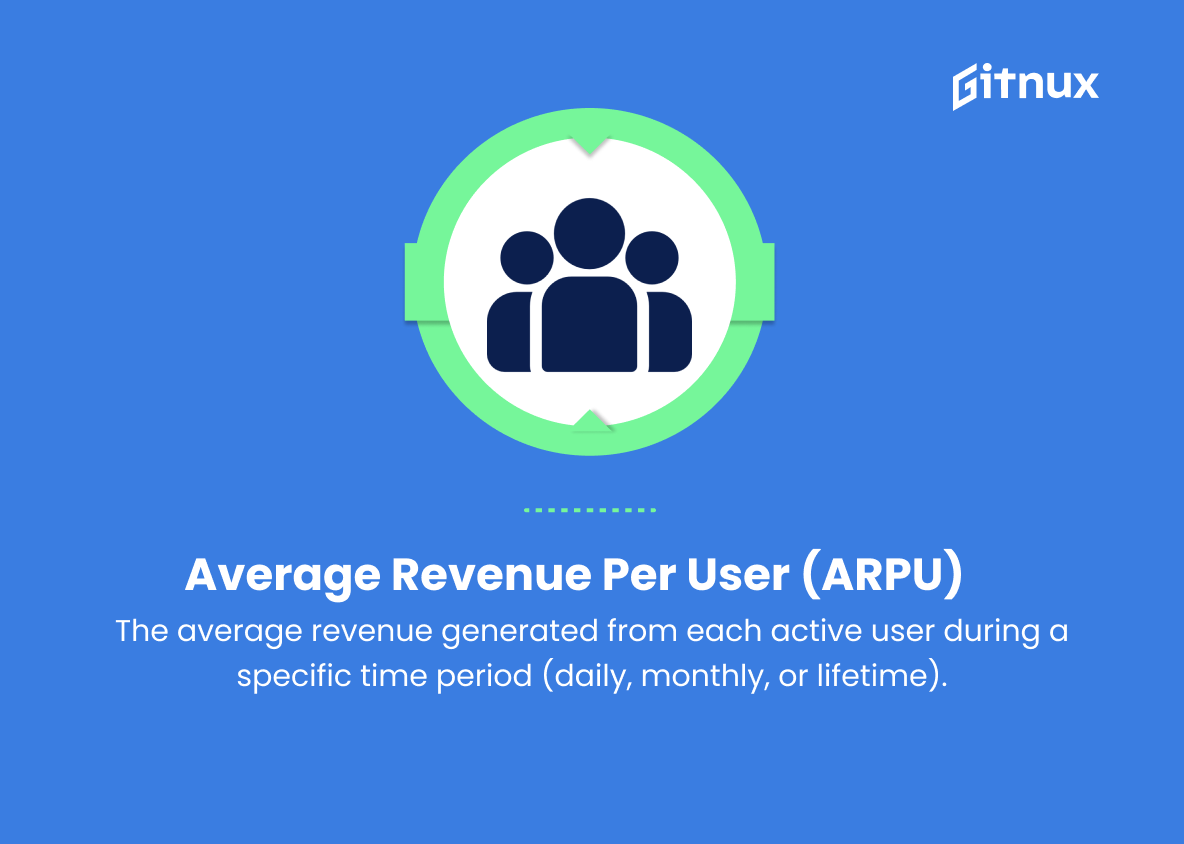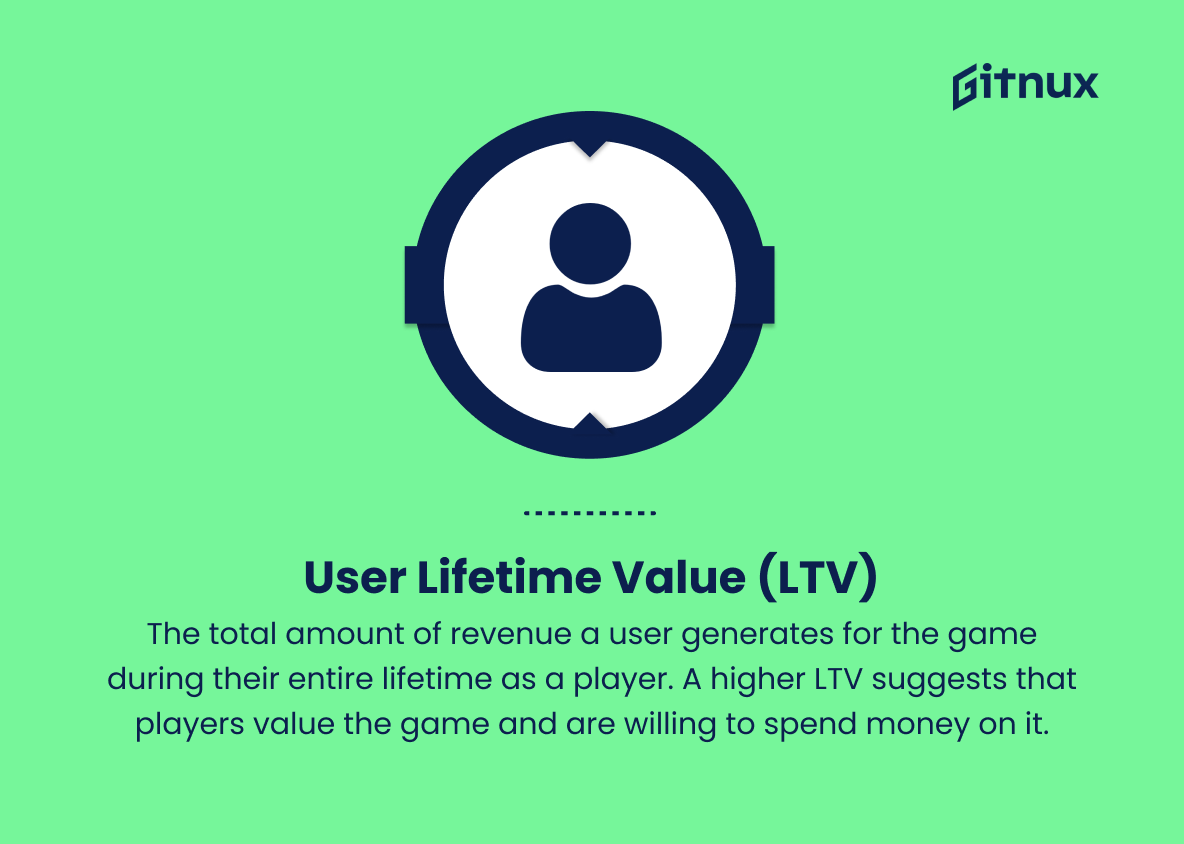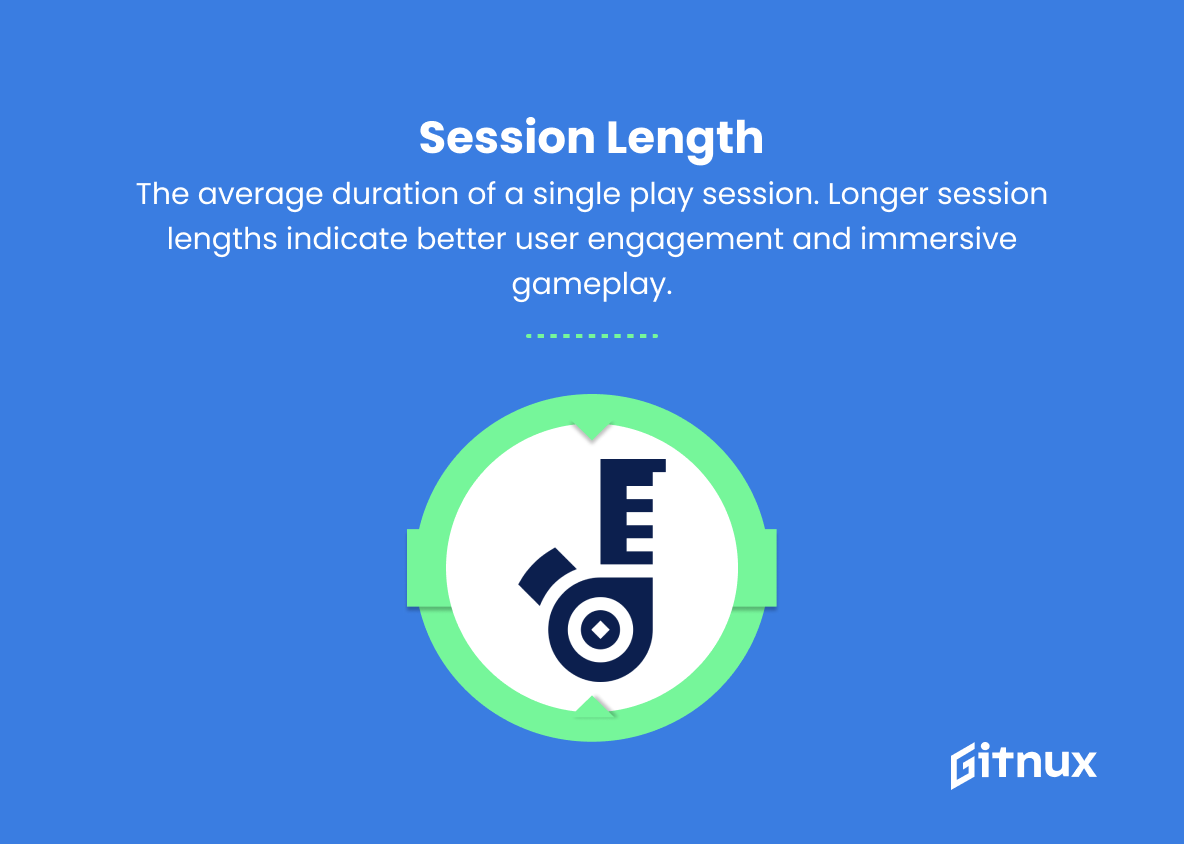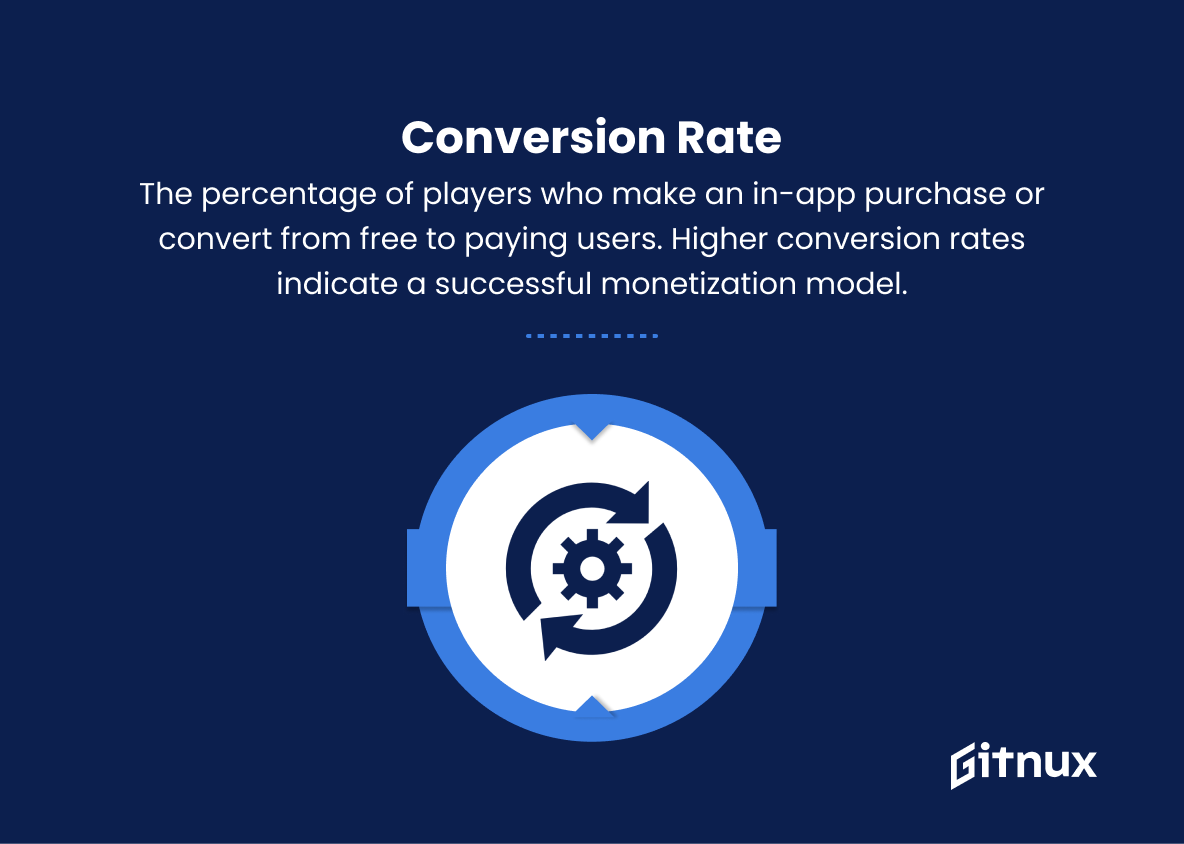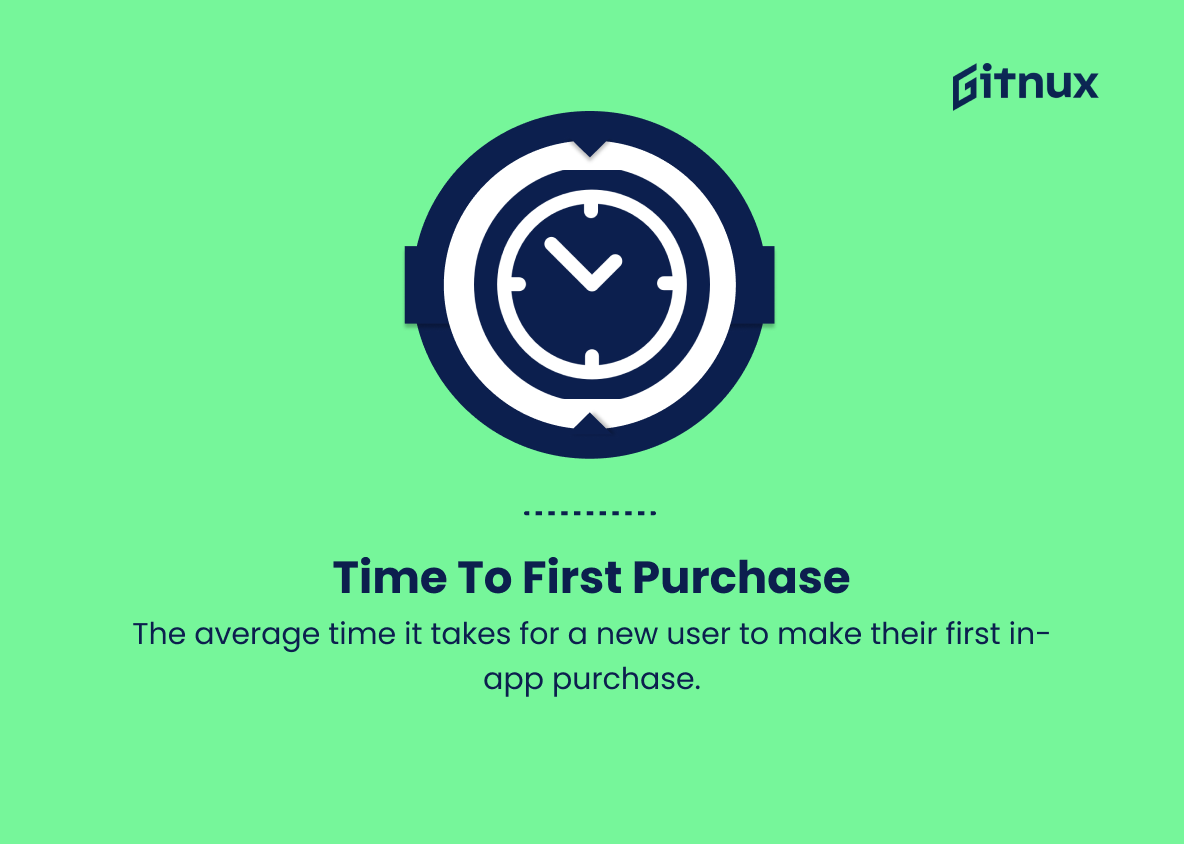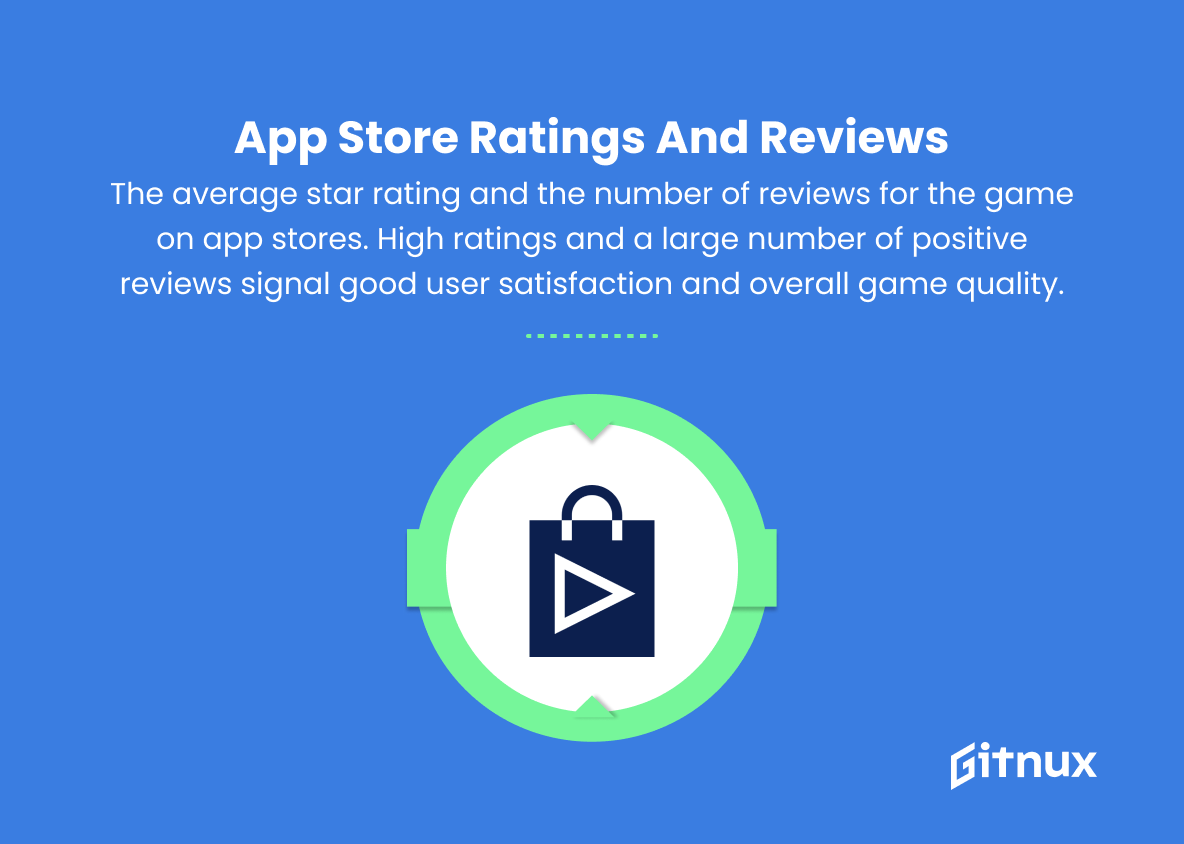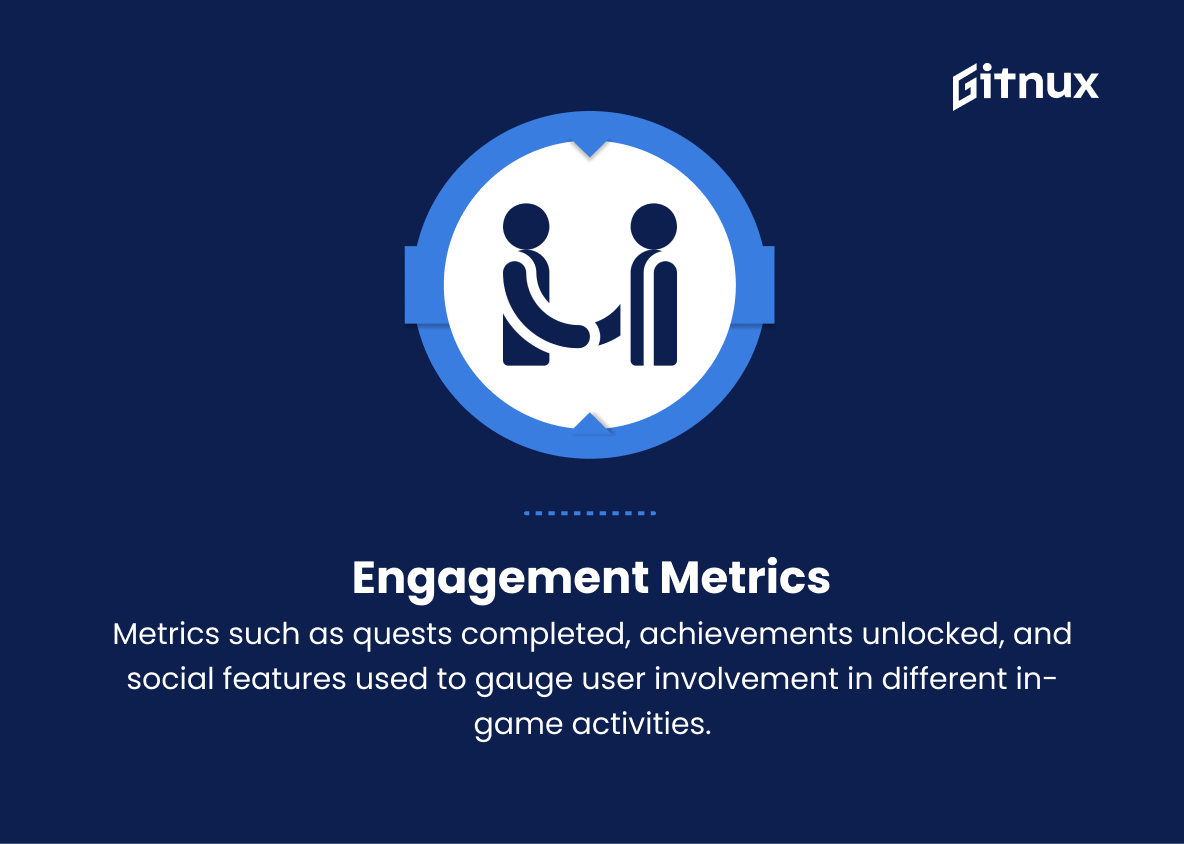In today’s fast-paced and ever-evolving digital landscape, mobile gaming has quickly emerged as a dominant force, capturing the attention and engagement of millions of players worldwide. As game developers and marketers strive to create captivating and immersive experiences for their target audience, understanding and leveraging mobile game metrics has become an essential component for success in this competitive industry.
In this blog post, we will delve into the world of mobile game metrics, shedding light on the key performance indicators that drive growth, enhance player satisfaction, and ultimately lead to the long-term sustainability of your gaming venture. So fasten your seatbelt and join us as we embark on an insightful journey to unravel the intricacies of mobile gaming analytics and unlock the full potential of your game.
Mobile Game Metrics You Should Know
1. Daily Active Users (DAU)
The number of unique users who engage with the game on a daily basis. A higher DAU indicates greater user engagement and retention.
2. Monthly Active Users (MAU)
The number of unique users who engage with the game within a month. This metric provides insight into the game’s overall reach and user base.
3. Average Revenue Per User (ARPU)
The average revenue generated from each active user during a specific time period (daily, monthly, or lifetime). This metric helps assess the game’s monetization strategy’s effectiveness.
4. Retention Rate
The percentage of players who return to the game after their first play session. Higher retention rates indicate better user engagement and satisfaction.
5. User Lifetime Value (LTV)
The total amount of revenue a user generates for the game during their entire lifetime as a player. A higher LTV suggests that players value the game and are willing to spend money on it.
6. Session Length
The average duration of a single play session. Longer session lengths indicate better user engagement and immersive gameplay.
7. Churn Rate
The percentage of users who stop playing the game within a given time period (typically 30 days). A high churn rate indicates that users are not satisfied with the game and may be finding alternative options.
8. User Acquisition Cost (CAC)
The average cost of acquiring a new user through advertising or other marketing efforts. Lower CACs suggest that the game has an efficient marketing strategy.
9. Virality Coefficient
A measure of how many new players are acquired through word-of-mouth or user referrals. A higher virality coefficient indicates that the game is generating organic growth from its player base.
10. Conversion Rate
The percentage of players who make an in-app purchase or convert from free to paying users. Higher conversion rates indicate a successful monetization model.
11. Time to First Purchase
The average time it takes for a new user to make their first in-app purchase. A shorter time to first purchase suggests that the onboarding process and early gameplay are effective at encouraging users to spend money.
12. App Store Ratings and Reviews
The average star rating and the number of reviews for the game on app stores. High ratings and a large number of positive reviews signal good user satisfaction and overall game quality.
13. Engagement Metrics
Metrics such as quests completed, achievements unlocked, and social features used to gauge user involvement in different in-game activities.
14. Network Performance
Measures the game’s performance regarding latency, lag, and server uptime, which contributes to gameplay smoothness and user satisfaction.
Remember that each game is unique, and some metrics might be more relevant than others based on game type, target audience, and monetization model. Regularly tracking and analyzing these metrics allow developers to optimize their games and marketing strategies for better performance and user experience.
Mobile Game Metrics Explained
Mobile game metrics such as Daily Active Users (DAU), Monthly Active Users (MAU), Average Revenue Per User (ARPU), Retention Rate, User Lifetime Value (LTV), Session Length, Churn Rate, User Acquisition Cost (CAC), Virality Coefficient, Conversion Rate, Time to First Purchase, App Store Ratings and Reviews, Engagement Metrics, and Network Performance are crucial for developers to understand the health and growth of their game. These metrics provide valuable insights into user engagement, retention, monetization, acquisition, and overall satisfaction.
By regularly tracking and analyzing these metrics, developers can optimize their games and marketing strategies, tailoring them to their unique game type, target audience, and monetization model. This constant adaptation helps improve performance and ultimately enhances the overall user experience, which is essential for the long-term success of any mobile game in the highly competitive market.
Conclusion
In conclusion, the world of mobile gaming is continually evolving, and understanding the key mobile game metrics is critical for developers, publishers, and marketers alike. By effectively analyzing these metrics, such as user acquisition, retention, monetization, engagement, and user experience, stakeholders can make better-informed decisions and optimize their games for success.
To stay ahead in this competitive landscape, it is essential to not only track these metrics but also adapt your strategies to improve players’ gaming experiences continually. By doing so, you’ll create a strong foundation for sustained growth and long-term success in the dynamic mobile gaming industry.
